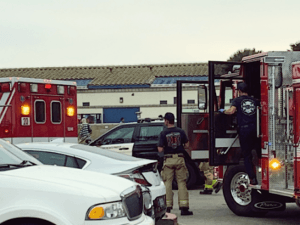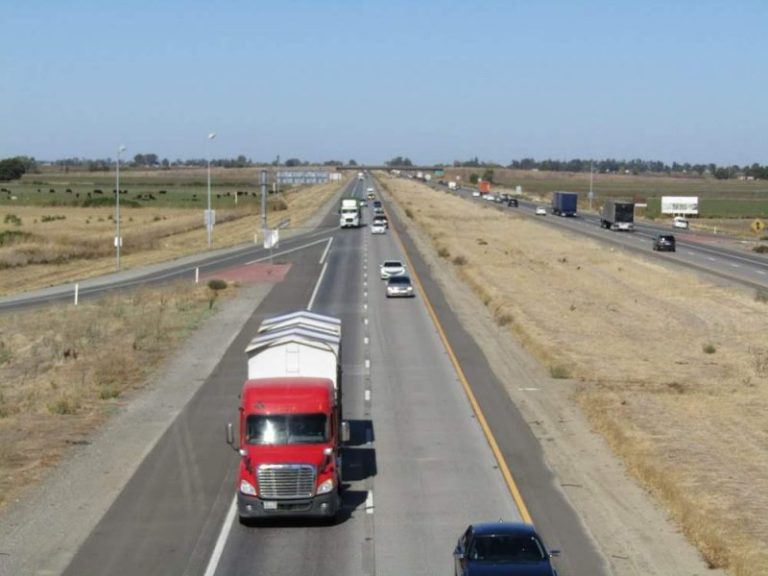The Science Behind Risky Youth Drivers
Youth drivers in the United States are a highly susceptible group to be involved in catastrophic traffic accidents. The leading cause of death in teens across the country comes from vehicular accidents and those youths aged 16 to 17-years-of-age are the highest risk group. Young drivers in this age range have a fatal crash rate that is almost double that of 18 to 19-year-olds according to the Insurance Institute of Highway Safety. What is the reason behind the increased number of accidents our children experience every year? It could be partly due to lack of experience, it can also be due to the increased likelihood that younger individuals take more risks, the other factor that studies are showing to be a cause for accidents is immature brain development.
The Frontal Lobe Of A Teen
Safe driving requires attention, responsibility, and caution. The frontal lobe controls motor skills, emotional maturity, and discretion all of which are necessary for a driver to be safe behind the wheel. Studies have shown that the frontal lobe is a region of the brain to mature last. The brain isn’t fully mature in humans until they are in their mid-20s through the early 30s. The science seems to answer the question of why teens lose control of their car easier in addition to engaging in more risky driving practices than other age groups.
Social Influence
Peer pressure affects teens in any number of situations, including driving. According to studies, teens that are surrounded by peers who engage in more risky behavior will tend to drive more irresponsibly. The converse has shown to also be true. Youths that are surrounded by more cautious peers will drive more responsibly.
Additionally, the study showed that those teens who were exposed to safe driving practices and positive behaviors were also influenced by these actions and would tend to drive similarly, engaging in safer driving practices. Also, teens sensitive to feelings of exclusion from social groups would have a higher tendency to engage in risky behaviors.
Policy Makers
Science is very helpful for policymakers in combination with parents to better educate and guide younger drivers towards safe behaviors. Understanding the teen brain can help develop guidelines and procedures along with the instruction to help youths as they begin to become of driving age. Together, all of these components may work to reduce serious teen traffic accidents significantly and thus reduce unnecessary teen deaths on the road.
Phoenix Car Accident Attorneys
 It is an unfortunate fact that youths have a high risk of being involved in car accidents and that many will result in fatalities. Not only are teen drivers a risk to themselves while on the road, but they are also a risk to others. If you have been injured in an accident that was not your fault, you have rights that deserve to be protected. The Arizona serious injury attorneys at ELG will examine your accident experience and provide you with the guidance and resources to move forward with a successful personal injury claim. We will help you see your full legal justice and obtain the compensation you need to help you recover and move on from your accident. Our team of Arizona automobile accident injury attorneys at ELG are here to discuss your traumatic experience with you during a free consultation. After an accident that was not your fault, call our Phoenix or Mesa Arizona law offices today at (623) 562-3838.
It is an unfortunate fact that youths have a high risk of being involved in car accidents and that many will result in fatalities. Not only are teen drivers a risk to themselves while on the road, but they are also a risk to others. If you have been injured in an accident that was not your fault, you have rights that deserve to be protected. The Arizona serious injury attorneys at ELG will examine your accident experience and provide you with the guidance and resources to move forward with a successful personal injury claim. We will help you see your full legal justice and obtain the compensation you need to help you recover and move on from your accident. Our team of Arizona automobile accident injury attorneys at ELG are here to discuss your traumatic experience with you during a free consultation. After an accident that was not your fault, call our Phoenix or Mesa Arizona law offices today at (623) 562-3838.
Law News Feed
All NewsWho Is Liable for Damages After a Truck Accident?
According to information from the National Highway Traffic Safety Association, more than 2,500 truck accidents occur each year in Arizona. It goes without sayin…
Common Injuries After a Motorcycle Accident
Motorcycle accidents kill or severely injure individuals more frequently than any other type of crash, resulting in immense amounts of suffering and financial d…

